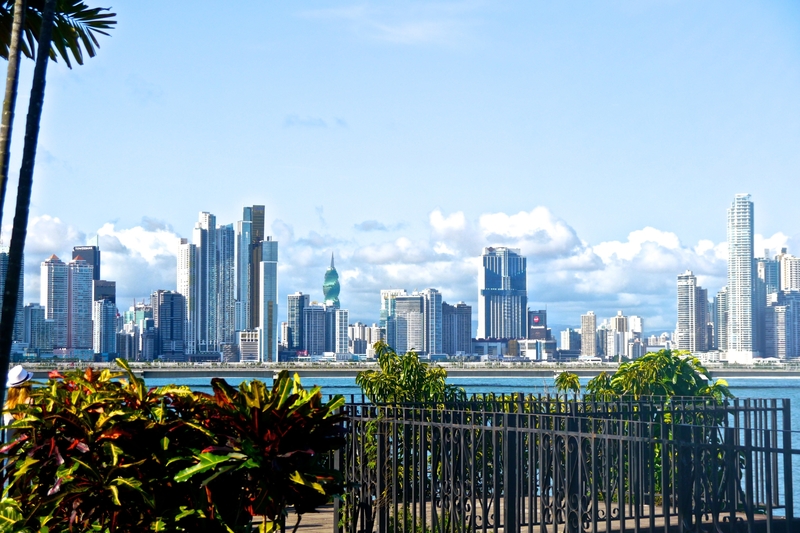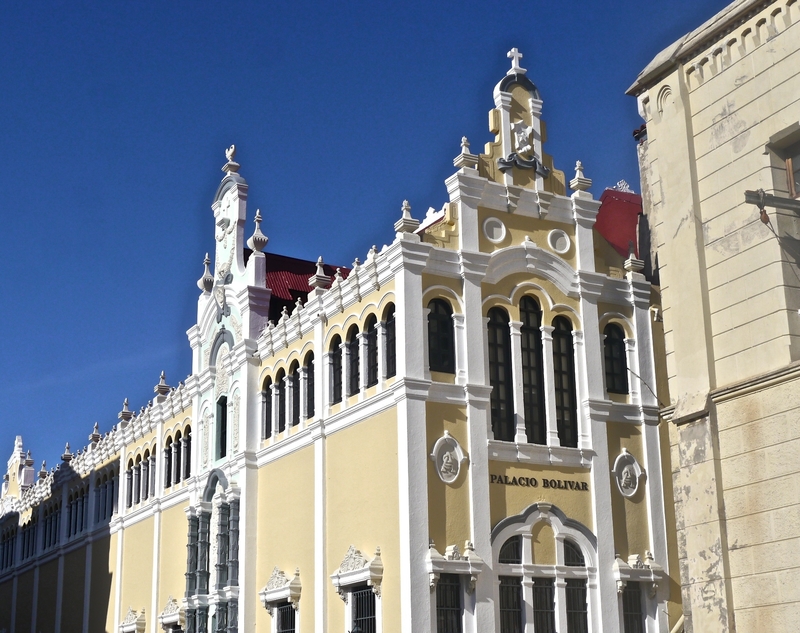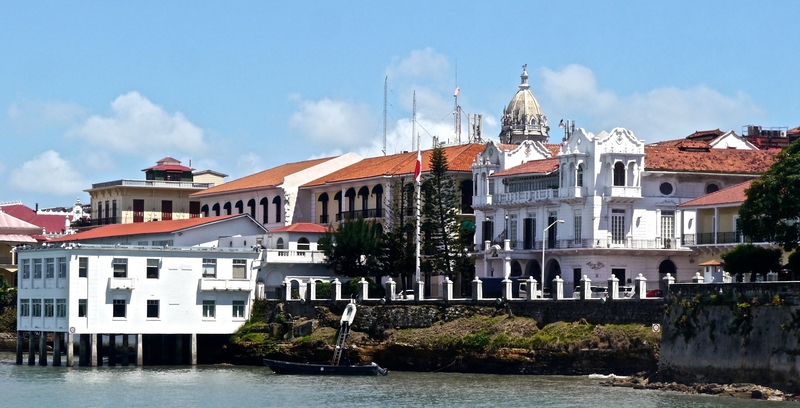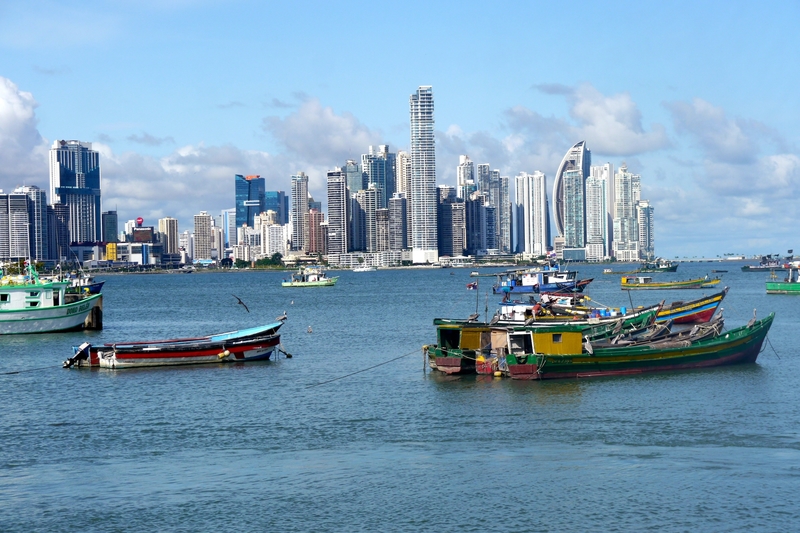
One Day in Panama City Panama
“Oh wow! Have fun in Florida” everyone would say after I told them I had plans to go to Panama for ten days. “I hear the beach is really nice there.”
And when I told them no, that I’d be going to the country called Panama rather than the Floridian beach resort, they would often nod their heads in understanding. “Oh yes” they would say. “The Panama Canal.”
The Panama Canal. It’s one of the top things to do in Panama, and the country’s claim to fame. It is the only thing that most people can tell you about the thin, squiggly country that connects North and South America.
Spending One Day in Panama City
Panama City is a modern metropolis. If I didn’t know any better, I might think the cityscape was that of Miami Beach. Tall high-rises jut out of the surrounding jungle and highways bisect the maze of high-rises stretching along the waters edge.
Yet, the skyscrapers and shopping malls present just one side of Panama City. Across the bay, literally facing the towering glass and steel buildings, sit the crumbling facades of the city’s old colonial center.
Panama’s capital is a city of contrasts. With one day in Panama City, I started in the world heritage-listed old town, and ended it at the Panama Canal.
Casco Viejo
Casco Viejo is one of the top things to see in Panama City. The historical district reminded me in many ways of Santo Domingo’s Zona Colonial. The crumbling cathedrals and intricately carved buildings constitute a Unesco World Heritage Site. They are both pleasing to the eye and a reminder of the European influences on much of the architecture of Latin America.
Dan and I wandered the picturesque streets, peeked at the market stalls, feasted on fresh seafood and witnessed a procession of devout catholics observing a holiday for the Virgin Mary.
The juxtaposition between the city’s old town and the gleaming new town are representative of the forces at play in the country–a country that is at once rich and poor, old and new, developing and developed.
By going to certain places within Panama City, one might come to the conclusion that the city’s wealth is on par with the generally more affluent cities in North America. As a tourist, one is unlikely to visit the poorer areas–like the slum we passed on our way to the old city. So for us, it is moments like our bus ride–while stranded on the side of the road and waiting for a replacement bus to come pick us up in the middle of the night–that I am reminded of the progress Panama has yet to make in terms of development.
Mercado de Mariscos
Panama City’s seafood market, the Mercado de Mariscos, lies at the foot of the historic Casco Viejo district. The market is a casual place to stop for lunch and try some Panamanian seafood dishes. The restaurants in the market aren’t fancy joints. They’re essentially counters with plastic outdoor seating. Latin tunes blare over the speakers, and and a fishy aroma permeates the air.
The Mercado de Mariscos is the perfect place to load up on lunch before continuing on to the Panama Canal.
The Panama Canal
The Panama Canal is one of the world’s greatest feats of engineering and a key conduit for maritime trade. Construction of the canal, which opened in 1914, initially began in the 1800s by French workers who sought to join the world’s two greatest oceans. Yet, soon, engineering hurdles and outbreaks of malaria caused the French to halt their construction and abandon the project.
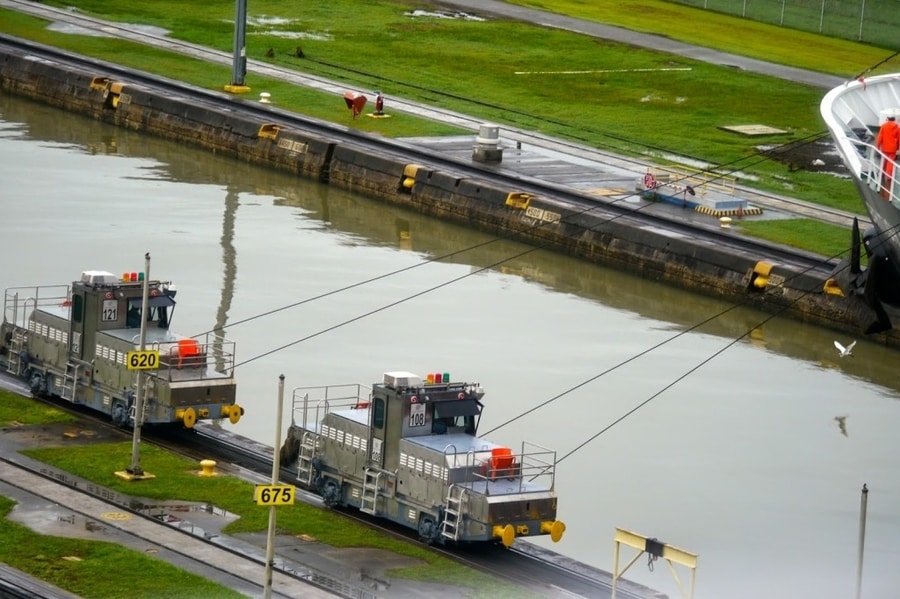
In 1904, the United States decided to finish the construction of the canal. Despite continued threats brought on by outbreaks of malaria and yellow fever, thousands of workers put their lives at risk in order to finish the job.
When the US, led by president Jimmy Carter, decided to give the canal back to Panama in 1977, Panama entered into a new era of prosperity and the influx of money into Panama as a result of the canal cannot be underestimated. It generates billions of dollars that are, in turn, poured into the country to finance infrastructure. Today, in large part due to the canal, Panamanians enjoy a higher standard of living than most other Central Americans.
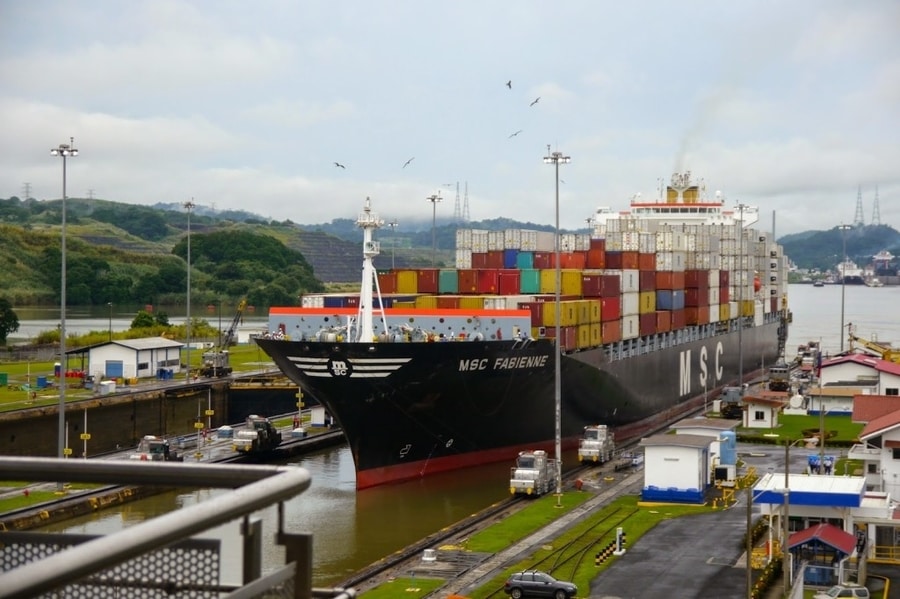
And the economic benefits of the canal are likely to become even more significant in upcoming years. Currently, the canal is undergoing a $5.3 billion expansion that will have a dramatic influence on the canal’s daily capacity while, in turn, generating even more dollars.
From the observation deck, I looked out in the opposite direction of the canal and saw high-rises towering above the surrounding jungle. These buildings were likely financed in part by the very engineering feat that lay before me. Thinking about the tranquil rainforest I had just visited earlier in the day, I could not help but wonder how different Panama would be, had it not been for the construction of the canal.
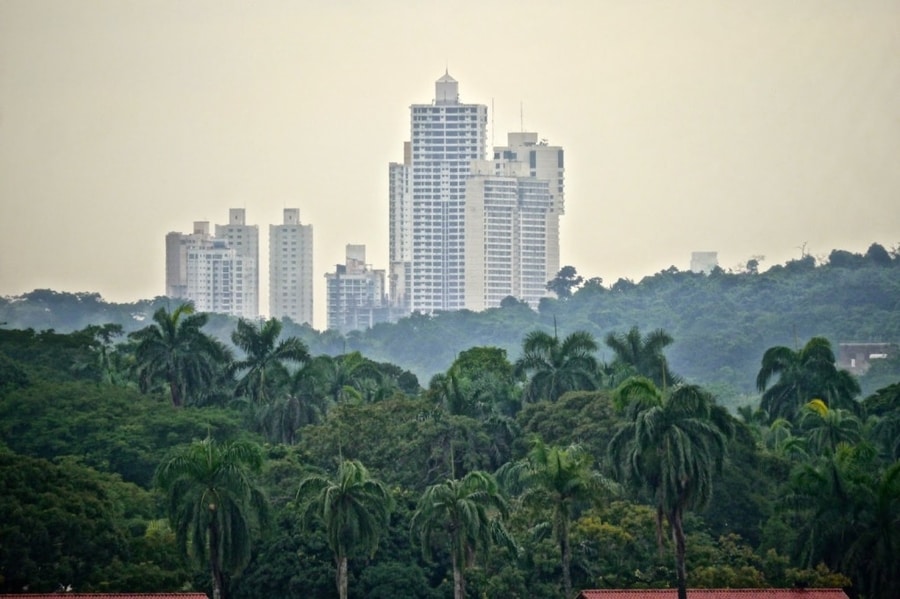
The waterfront high rises were so different from what I imagined Panama City to look like. These skyscrapers rising from dense jungles along the water’s edge seemed to be an anomaly in Central America. Something, instead, akin to Miami Beach.
I laughed, thinking about those who had wished me a happy vacation in Florida.
Perhaps Panama City, Panama and its namesake in Florida are not so different after all.



